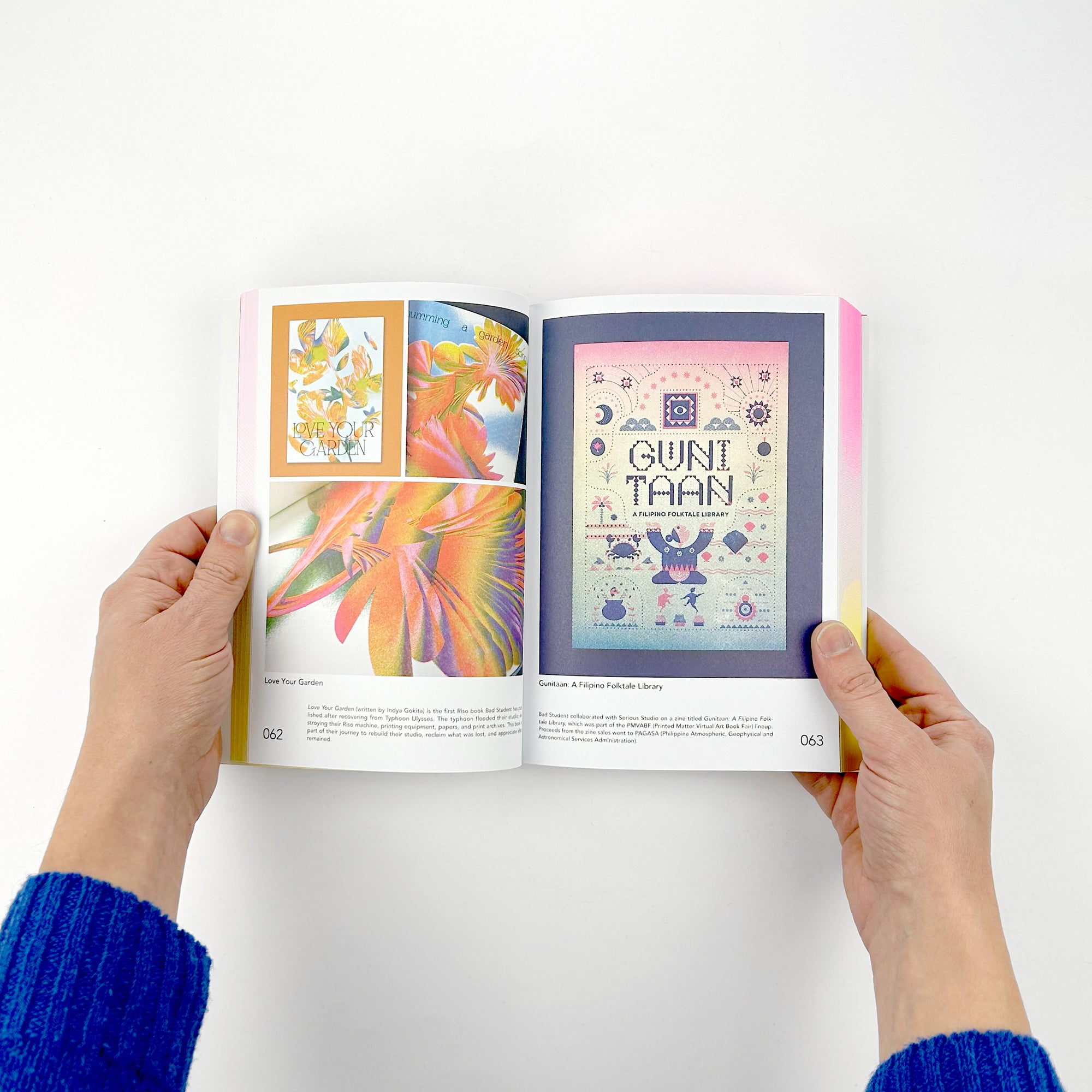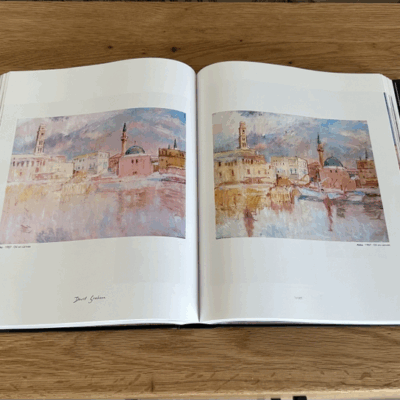Optimizing Files for CMYK Conversion in Your art book Prints
Optimizing Files for CMYK Conversion in Your art book Prints
Blog Article
Recognizing the Process Behind Premium Art Book Printing for Art Enthusiasts
When it comes to premium art book printing, comprehending the complexities of the process can raise your appreciation for the end product. You might not recognize just how crucial paper option and ink selections are to the vibrancy of art work. Each aspect plays a considerable function in attaining the desired impact. As you discover the different components of art book printing, you'll uncover insights that might change your point of view on art preservation and presentation.
The Value of Paper Option in Art Book Printing
When it pertains to art book printing, the option of paper can make or damage the end product. You want your artwork to shine, and the ideal paper enhances color vibrancy and detail. Consider elements like weight, appearance, and finish; these components substantially affect how viewers perceive your work.
As an example, a heavier supply conveys high quality and durability, while a distinctive surface can include depth to images. Smooth paper is superb for thorough recreations, allowing great lines and refined tones to show up crisp.
Do not neglect regarding the paper's illumination; a brighter sheet can help shades pop, making your art much more distinctive. You'll likewise intend to believe regarding just how the paper interacts with inks and whether it can manage the printing procedure without buckling or bleed-through. Eventually, selecting the appropriate paper sets the stage for your art, guaranteeing it catches the target market's attention equally as you envisioned.
Picking the Right Inks for Dynamic Reproductions
Selecting the appropriate inks is simply as important as picking high quality paper to achieve lively recreations in your art book. When you're printing artwork, you want colors that pop and accurately stand for the initial item. Select inks with a high pigment focus; these have a tendency to generate richer and extra saturated shades.
You could think about using archival inks, which withstand fading over time, guaranteeing your art book continues to be as striking as the day it was published. If you're dealing with photos or digitally produced art, pigment-based inks can offer a broader color range, enhancing detail and deepness.
Don't ignore the finish! Matte and shiny inks can substantially change the look of your art work, so think of the look you're aiming to achieve - art book. Inevitably, the best ink selection matches your paper selection, producing a sensational aesthetic experience for your viewers
The Duty of Shade Management in Publish Quality
Shade monitoring plays a vital duty in attaining high print high quality for your art book. It guarantees that the colors you see on your display convert precisely to the printed web page. Without efficient shade management, your lively artworks may appear dull or altered, threatening your imaginative vision.
To start, calibrate your screen regularly. This step assists maintain constant shade depiction. Next, use color profiles customized for your printer and paper kind. These accounts guide the printer in replicating colors accurately, decreasing inconsistencies in between electronic and printed variations.
When you prepare your files, consider making use of a color space like Adobe RGB or CMYK, depending on your printer's requirements. Constantly evidence your job, too; an examination print can expose any type of prospective shade issues prior to the final run. By focusing on shade management, you guard the stability of your art, ensuring your target market experiences it as you planned.

Comprehending Various Binding Methods
Achieving the best search for your art book surpasses color administration; binding strategies additionally play a considerable role in its overall presentation and resilience. You have several alternatives to examine, each with its very own distinct attributes.
If you're going for an expert feeling, case binding supplies a sturdy choice with a hard cover, perfect for showcasing your artwork. On the other hand, best binding provides a flexible spinal column while maintaining prices down, making it a popular selection for softcover books.
Spiral binding allows your art book to lay level, which is excellent for displaying pictures without obstruction. Meanwhile, saddle stitching is excellent for smaller brochures, offering a tidy surface without the mass.
Inevitably, the binding method you pick must mirror your imaginative vision and exactly how you want visitors to engage with your job. See to it to evaluate these options thoroughly to achieve the finest end result for your job.
The Influence of Print Dimension and Layout on Presentation
While the choice of print size and format may appear secondary to content, they substantially affect just how your artwork is regarded. The measurements of your prints can either boost or reduce the impact of your items. Larger prints can draw audiences in, permitting them to appreciate complex details, while smaller sized layouts could require more intimate involvement.

Conservation Techniques for Long-lasting Art Books
To guarantee your art books stand the test of time, it's important to carry out reliable conservation techniques. Usage acid-free storage boxes or protective sleeves to secure them from dust and physical damage.
When managing your books, constantly wash your hands or put on cotton handwear covers to prevent oils and dust moving onto the web pages. Stay clear of bending or creasing the backs; rather, make use of book supports when presenting them.
For included defense, consider investing in archival-quality products for any repair services or improvements. Consistently inspect your collection for indications of wear or damages, attending to problems promptly. By following these basic strategies, you can assure your art publications remain dynamic and obtainable for many years ahead, preserving their elegance and value for future generations.
Working together With Printers for Ideal Results
When you prepare to print your art book, selecting the ideal printer is important to achieving your vision. Clear communication about your expectations and needs will certainly aid ensure that both you and the printer are on the same web page. Allow's check out exactly how to make this cooperation as smooth and effective as feasible.
Selecting the Right Printer

Efficient Communication Techniques
Effective interaction is vital for turning your art book vision right into fact, specifically when teaming up with printers. art book. Begin by plainly describing your project's objectives, consisting of layout aspects, favored products, and any certain printing methods. Don't wait to share your inspirations and recommendations; this helps the printer understand your aesthetic
Establish normal check-ins to review progress and attend to any type of questions. Use visuals, like mock-ups or samples, to communicate your ideas a lot more successfully. Be open to comments, as printers usually have valuable understandings that can enhance your project. Finally, maintain a positive connection by being respectful and appreciative of their proficiency. This cooperation will certainly guarantee that your art book meets your assumptions and radiates in its final kind.
Frequently Asked Concerns
What Are Typical Mistakes to Avoid in Art Book Printing?
When publishing your art book, stay clear of usual errors like poor resolution photos, wrong color profiles, and overlooking web page layout. Do not forget to proofread and confirm details to verify your last item satisfies your assumptions.
How Does Digital Printing Differ From Typical Printing Methods?
Digital why not check here printing uses digital files to develop prints straight, enabling for quicker turnaround and modification. On the other hand, traditional methods entail physical plates, which can be lengthy and much less versatile for little runs or distinct styles.
What Is the Typical Turnaround Time for Art Book Printing?
The common turn-around time for art book printing differs, but you can expect it to take anywhere from a couple of weeks to numerous months. Factors like complexity, amount, and printing technique all affect this timeline.
Can I Print a Minimal Version Art Book Economically?
You can print a restricted version art book economically by selecting economical products, enhancing print runs, and using digital printing options. Careful planning and budgeting will aid you accomplish high quality without overspending.
What Are the Environmental Factors To Consider in Art Book Printing?
When thinking about art book printing, you must think of eco-friendly products, lasting inks, and energy-efficient procedures (art book). Picking regional printers can additionally reduce your carbon footprint, making your project both attractive and eco responsible
Report this page